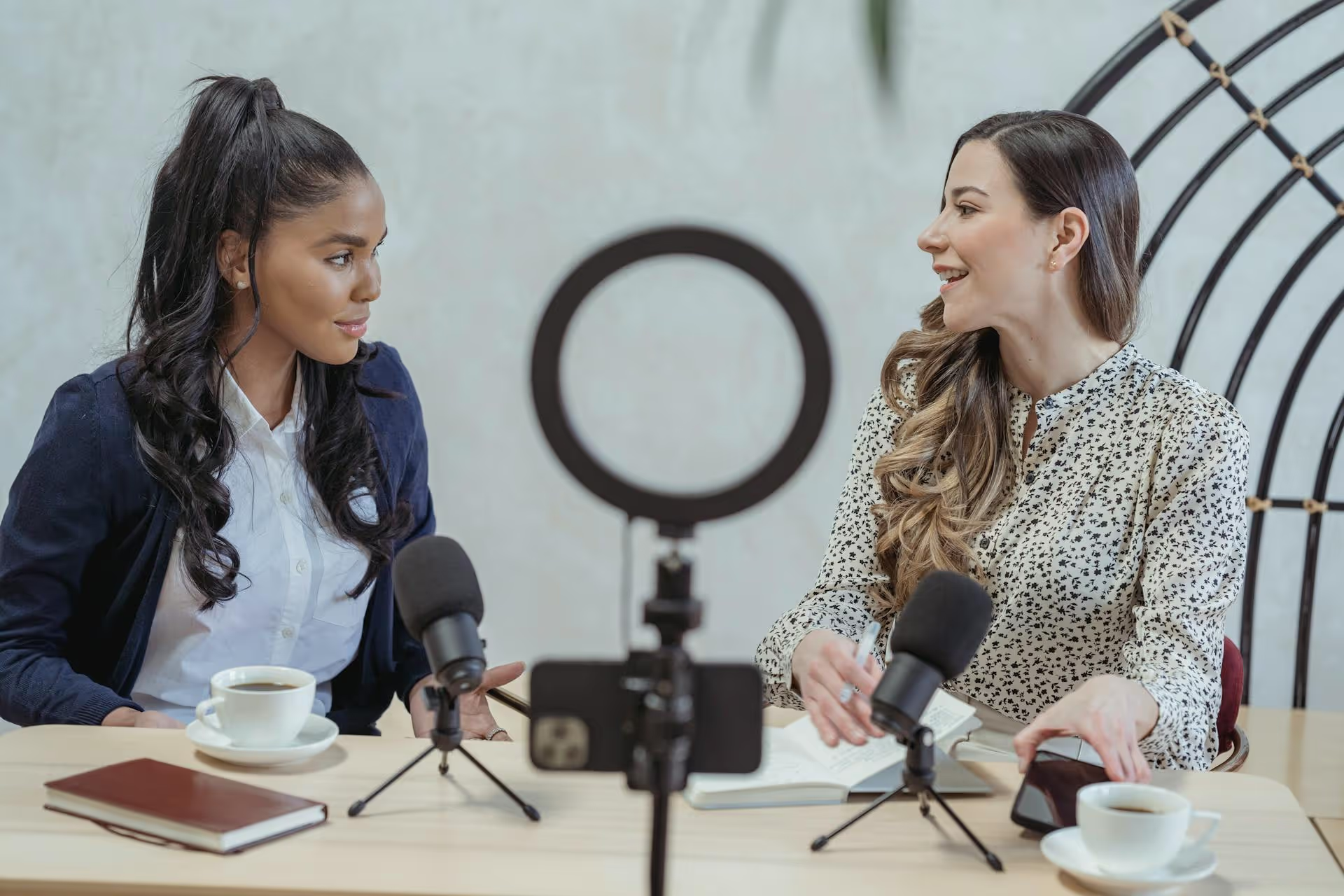How to Add Social Media Icons to an Email Signature
Enhance your email signature by adding social media icons. Discover step-by-step instructions to turn every email into a powerful marketing tool.

Getting locked out of your Facebook account is incredibly frustrating, whether you've forgotten a password, been hacked, or had your profile disabled. This guide cuts through the confusion and provides clear, step-by-step instructions for getting back in. We will cover everything from simple password resets to navigating the process for recovering a hacked or disabled account.
Before you go down the rabbit hole of account recovery, take a deep breath and quickly check for common mistakes. It’s surprising how often one of these is the culprit.
This is the most common reason people get locked out. Thankfully, it's also the easiest to fix, as long as you have access to the email address or phone number linked to your account.
Once you’ve done this, you should have access to your account again. This is a great time to review your security settings and update your contact information.
Losing access to your recovery email or phone number complicates things, but not all hope is lost. Facebook has a process for this exact situation.
When you arrive at the password reset page and see your old email or phone number listed, look for a link that says "No longer have access to these?" and click it. This will start an alternative recovery process where Facebook tries to confirm your identity through other means.
If you've previously set up Trusted Contacts, this is where that feature comes in handy.
Trusted Contacts is a security feature that lets you choose 3 to 5 friends who can help you regain access if you’re locked out. If you have this set up, Facebook will give you a special link that only your trusted contacts can access. Here's how it generally works:
Unfortunately, you must have configured this feature before getting locked out. If you didn't, you'll need to proceed to the next option: identity verification.
If all other methods fail, Facebook may ask you to upload a copy of a government-issued ID to prove you are who you say you are. This feels intrusive, but it's Facebook's last line of defense against giving your account away to an imposter.
During the "No longer have access to these?" process, you may be prompted to provide a new email address (one you can access) and a form of identification.
For privacy, Facebook says they encrypt the connection and delete your ID information after 30 days. Nevertheless, only use this option if you're comfortable with the process.
If you suspect a hacker has taken over your account, you need to act fast. A compromised account can be used to spread scams to your friends, steal personal information, or access other linked accounts.
Don't just try to reset your password if you think you've been hacked, as the hacker may have already changed your recovery email and phone number. Go straight to Facebook's dedicated portal for compromised accounts.
Once you are back in, your work isn't done. Immediately take these steps to harden your account's security:
Sometimes, the lockout isn't because of a lost password or a hacker, but because Facebook itself has shut down your account. This usually happens if you’ve violated their Community Standards.
Facebook isn’t always transparent about the exact reason, but common causes include:
In some cases, accounts get disabled by mistake due to an algorithmic error or malicious user reports.
If you believe your account was disabled in error, you can submit an appeal. When you try to log in, you should see a message saying your account is disabled and a link to "Go to Help Center" or "Learn More." That link should guide you to an appeal form.
This path has the lowest success rate, so it's important to set realistic expectations. Be polite and concise in any follow-up communication if an option becomes available.
Regaining access to a locked Facebook account is an exercise in patience and persistence. By methodically working through the official recovery tools for forgotten passwords, hacked accounts, or disabled profiles, you give yourself the best possible chance of getting back in and securing your digital world.
The stress of suddenly losing access to a critical work account is something we understand deeply. That’s why we built Postbase with rock-solid reliability at its core, we believe your social management tools shouldn't add to the chaos. Having stable connections that don't constantly break and posts that publish when you schedule them gives you one less thing to worry about, freeing you up to focus on creating great content and engaging with your community.
Enhance your email signature by adding social media icons. Discover step-by-step instructions to turn every email into a powerful marketing tool.
Learn how to add your Etsy link to Pinterest and drive traffic to your shop. Discover strategies to create converting pins and turn browsers into customers.
Grant access to your Facebook Business Manager securely. Follow our step-by-step guide to add users and assign permissions without sharing your password.
Record clear audio for Instagram Reels with this guide. Learn actionable steps to create professional-sounding audio, using just your phone or upgraded gear.
Add translations to Instagram posts and connect globally. Learn manual techniques and discover Instagram's automatic translation features in this guide.
Optimize your Facebook Business Page for growth and sales with strategic tweaks. Learn to engage your community, create captivating content, and refine strategies.
Wrestling with social media? It doesn’t have to be this hard. Plan your content, schedule posts, respond to comments, and analyze performance — all in one simple, easy-to-use tool.